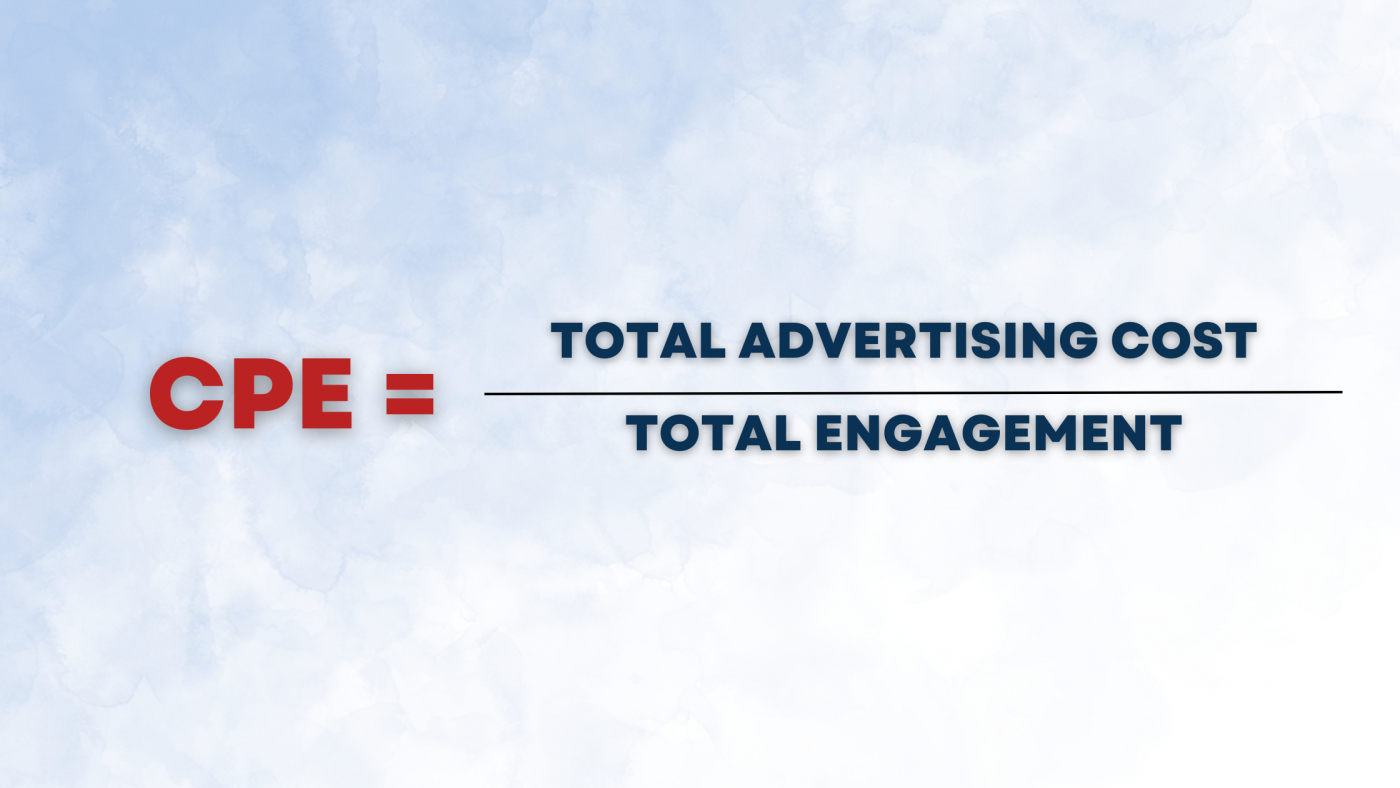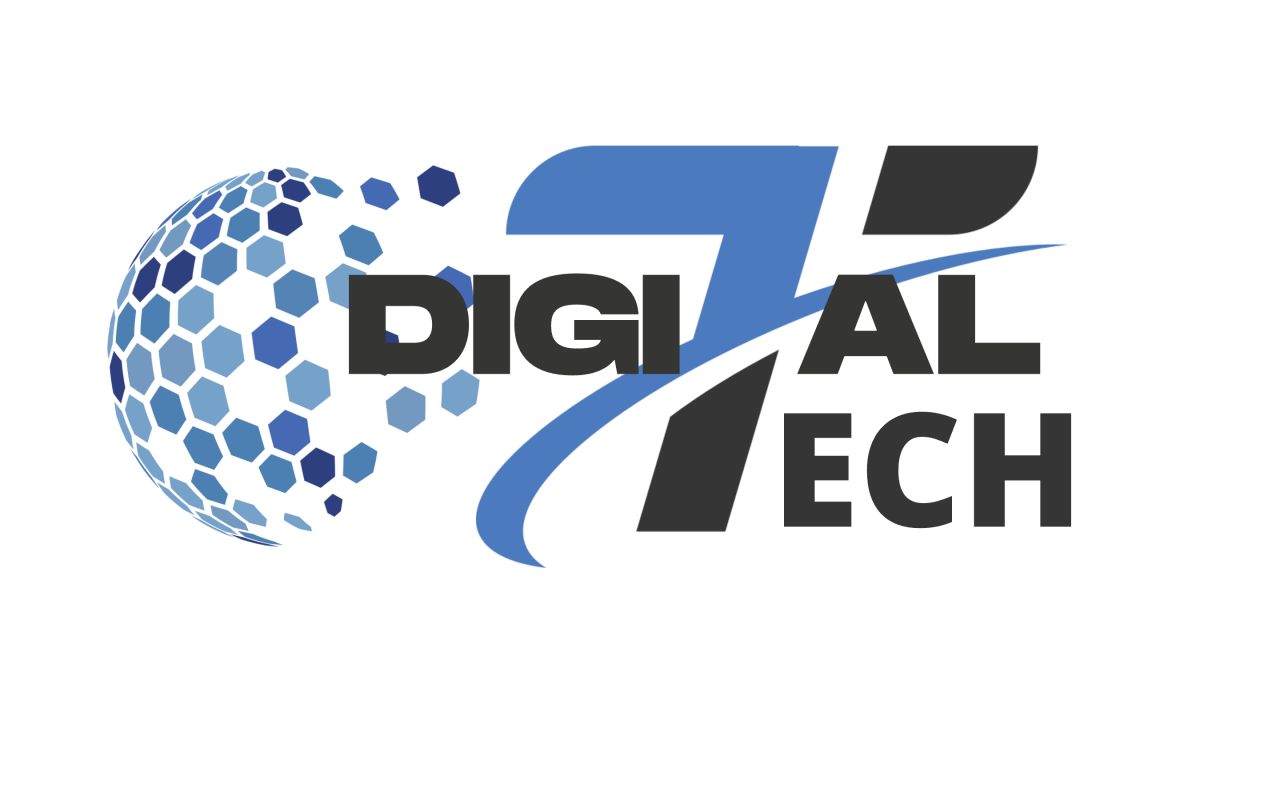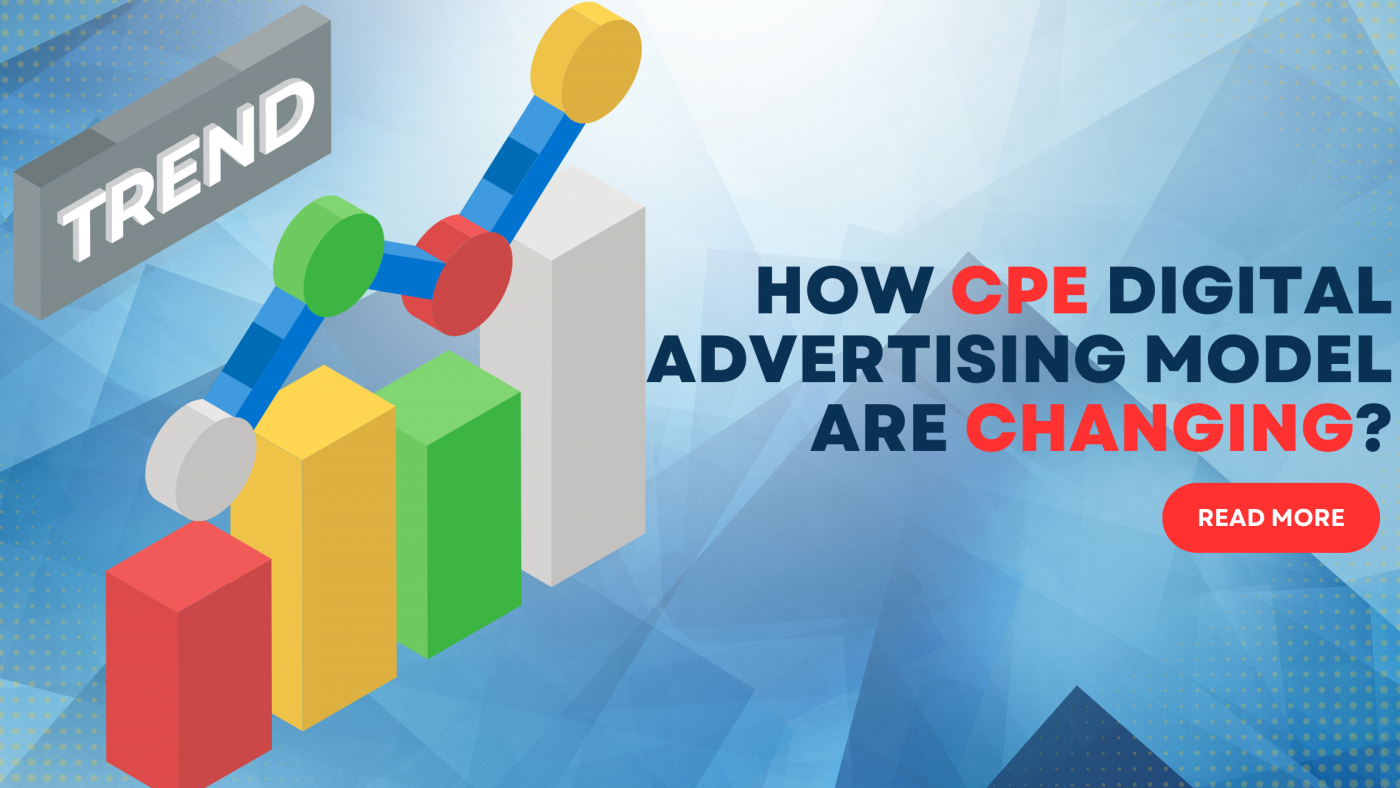Understanding CPE is crucial for maximizing your return on investment in a world where every click, like, and share counts.

Because it concentrates on meaningful interactions and user activities that demonstrate actual audience interest and involvement in in-app accounts rather than merely impressions and clicks, CPE is crucial to digital marketing. By understanding and managing CPE, marketers can raise conversion rates, improve campaign efficacy, and ultimately give users better results.
1. Understanding Cost per Engagement
In digital marketing, the Cost per Engagement (CPE) statistic is used to determine the cost of each user engagement with a particular piece of content or advertisement. The computation of CPE involves dividing the total campaign cost by the quantity of created engagements. To assess the efficacy and efficiency of a campaign, marketers must comprehend and compute CPE.

In contrast, a higher CPE corresponds with campaign goals, whereas a lower CPE shows more engagements per dollar invested. Marketers may maximize return on investment from their marketing campaigns and optimize strategies by tracking CPE over time and comparing it with other KPIs.
2. How to Determine the Cost of Each Engagement
The cost per engagement, or CPE, is calculated by dividing the entire cost of the campaign by the number of engagements. This can be calculated using a range of engagement metrics, such as clicks, likes, shares, comments, views of videos, and engagements (a mix of likes, shares, comments, etc.).

For a $500 social media advertising campaign, an example of a cost per engagement (CPE) would be around $0.57 for each of the following metrics: 200 clicks, 100 likes, 50 shares, 20 comments, and 500 video views. These calculations aid in determining the effectiveness of any type of advertising expenditure or campaign involvement, allowing for the prudent distribution of resources. The total cost per engagement (CPE) for clicks, likes, shares, comments, views of videos, and engagements is approximately $0.57.
3. Techniques to Increase Engagement Cost
- Targeted Audience Segmentation: To identify the most likely audience, use behavioral, psychographic, and demographic data.
- Compelling Content Creation: Creating captivating content involves coming up with eye-catching pictures, educational films, or interesting text that appeals to the target audience.
- A/B testing: Test various messaging, targeting strategies, and ad creatives to see which ones resonate most with the target audience.
- Call forAction Optimization: Make use of attention-grabbing CTAs to entice users to act.
- Encourage Engagement: Provide rewards for participating, such as freebies, discounts, or access to special content.
- Engagement Ads: Make use of ad forms like interactive surveys, tests, or competitions that are intended to increase user interaction.
- Timing and Frequency: Don’t overburden the audience with advertisements; instead, modify your posting schedule based on audience engagement.
- Community Building: Through active audience engagement, cultivate a feeling of community around the brand.
- Retargeting: Reach out to visitors who have interacted with your website or content in the past.
- Optimize Landing Pages: Make sure landing pages are user-friendly, pertinent, and conversion-optimized.
- Track and Examine Metrics: Keep a close eye on engagement metrics and determine which tactics are producing the best outcomes.
4. Making Interesting Content
1. Advice for Writing Captivating Content
Recognize the interests, pain points, and demographics of your audience before creating any content. Adapt your materail to their demands by using value, storytelling, and images. Be genuine, straightforward, and include a call to action. Aim for SEO optimization while keeping a unified voice. Promote conversation, remain current, and experiment to see what works best. This will assist you in captivating your audience and advancing your marketing goals.
2. Making Use of Visuals amd Multimedia
Visual content is an effective way to draw viewers in, share information, and encourage interaction. It may be made with excellent graphics, image narrative, and mobile viewing, optimazation. Audiences might be inspired, educated, or amused by video material. It is possible to investigate interactive content forms and, for authenticity, integrate user-generated content. Maintaining consistency is essential, and visual content needs to be SEO-optimized.
5. Selecting the Appropriate Audience
1. Determining Your Target Audience
To ascertain your target audience, conduct a thorough analysis of the market, customer profiles, pricing models, competition analysis, analysis of current customers, surveys and feedbacks, social media insights, website analytics, keyword research, industry trends and insights, and input from the sales and customer service teams. You must continuously test and deepen your understanding of your target audience if you are to properly reach and engage them. This will make it more likely that your marketing strategies will elicit the intended response and reach the right audience.
2. Customizing Content to Audience Preferences
Content must be adapted to the preferences of the audience in order to create effective marketing materials. Some tactics include developing buyer personas, breaking down your audience into smaller groups, emphasizing advantages and solutions, personalizing content, providing value, optimizing content for different platforms, encouraging engagement, testing and assessing content, and getting feedback. Creating buyer personas and comprehending your audience are two other strategies.
6. Making the Most of Social Media
1. Best Practices for Social Media involvement
Building relationships, increasing brand awareness, and increasing sales all depend on social media involvement. To maximize engagement, you should know your audience, stay loyal to your brand, offer high-quality content, engage with them, pose questions, make use of images, hold giveaways and contests, share user-generated content, post frequently, make use of stories and live video, share crucial resources, monitor analytics, and experiment with different formats and strategies.
2. Employing Paid Advertising to Increase involvement
Building relationships, increasing brand awareness, and increasing revenues all depend on social media involvement. To maximize engagement, you should know your audience, stay loyal to your brand, offer high-quality content, engage with them, pose questions, make use of images, hold giveaways and contests, share user-generated content, post frequently, make use of stories and live video, share crucial resources, monitor analytics, and experiment with different formats and strategies.
7. Case Studies of Effective CPE Initiatives
- Dove #SpeakBeautiful Campaign:
– Encouraged women to have a good self-esteem and challenged their negative body image ideas.
– Produced more than 168,000 tweets with a strong degree of engagement in the first week.
– Low CPE since user-generated content is naturally occurring. - Coca-Cola Campaign to Share a Coke:
– By adding people’s names to Coca-Cola bottles, sales and brand engagement rose.
– Created a lot of talk on social media, which boosted sales by 2% and improved brand perception significantly. - Airbnb’s #LiveThere campaign encouraged
-“Living like a local” when using the service for travel.
– Produced a 30% rise in brand sentiment, a noteworthy increase in bookings, and over 7.9 million social media engagements.
8. Common Mistakes in Calculating CPE
Cost-per-engagement, or CPE, is critical to marketing success. Nonetheless, common errors include failing to monitor analytics, ignoring non-engagement indicators, and skipping out on paid and organic contact. Weigh impact and cost, account for engagement time in the app account itself, and account for goals, audiences, and channels in the app account itself to avoid skewed approximations. As campaigns change, KPIs should be routinely reviewed and modified.
9. Prospective Patterns in Engagement Cost
Key trends including quality engagement, personalization and targeting, interactive content, micro-influencer marketing, video content dominance, augmented reality and virtual reality, social commerce, voice search and AI assistants, ethical and transparent engagement, and integrated measurement and attribution will shape the future of cost per engagement (CPE) in digital marketing. Marketers can use CPE to drive meaningful interactions and accomplish corporate objectives by modifying their strategy accordingly.
10. Discover the Influence of Engagement Cost!
Marketers must emphasize high-quality interaction, embrace agility, and keep up with trends in order to successfully traverse the digital landscape. Keep a careful eye on community building, mobile optimization, data-driven insights, and personalization. Invest in education, monitor key performance measures, and maintain brand consistency. By proactively adapting their strategies to the needs and preferences of their audience, fostering innovation, and offering valuable experiences, brands may achieve their marketing objectives at a lower cost.

